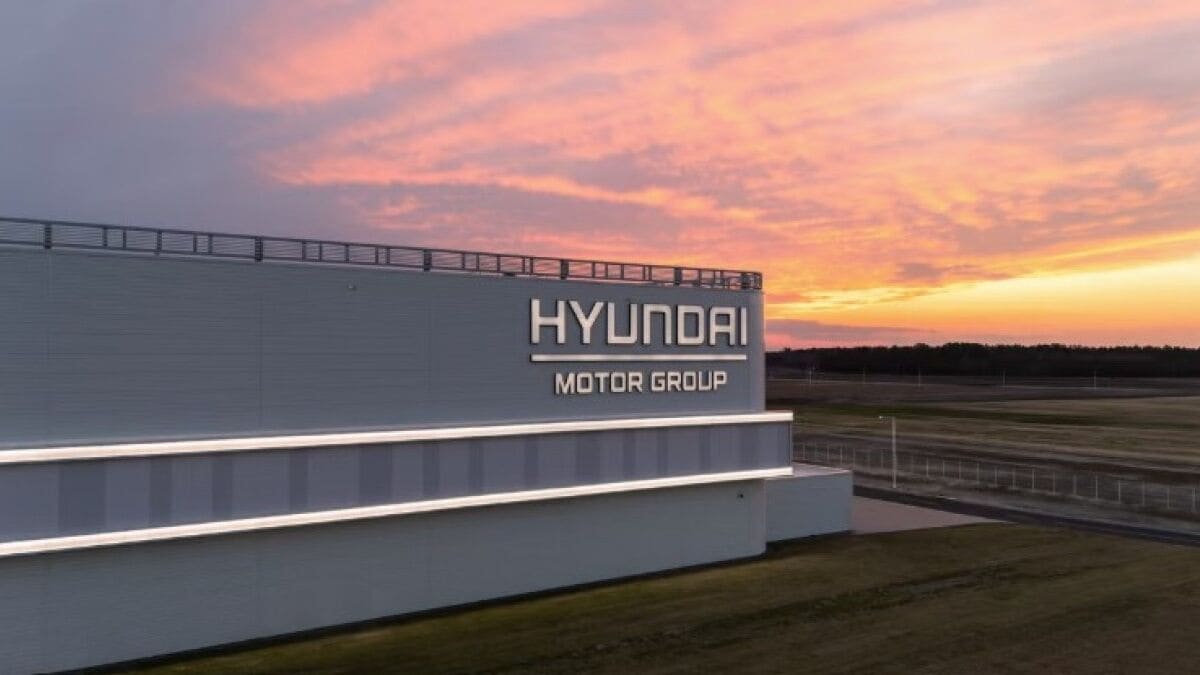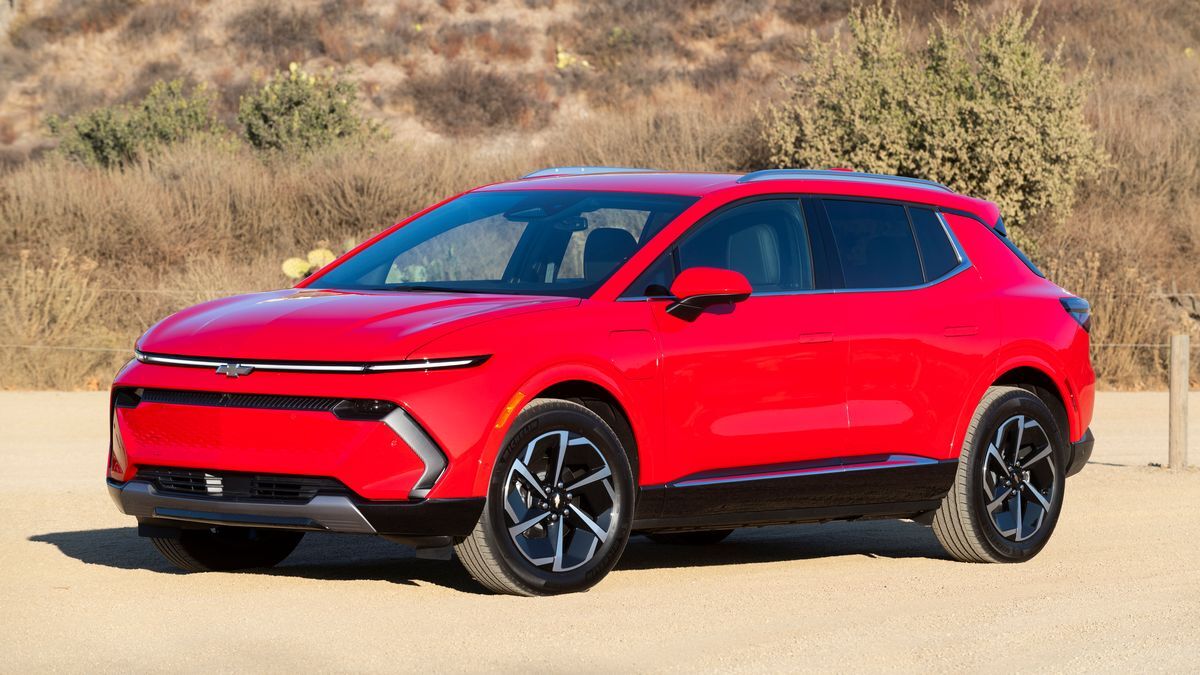Newest and smallest addition to its ever-expanding family of fuel-efficient hybrid vehicles, the 2012 Toyota Prius C scales the automaker’s Hybrid Synergy Drive system down to subcompact size for the first time. With four trim levels, 50-mpg combined fuel economy rating, a genuinely impressive roster of standard features and an attractive sub-$20K starting price, this mileage-maxing newcomer is loaded with key character traits that should endear it to potential buyers in a historically value-sensitive segment. While the Prius C’s stat sheet looks formidable, the question still remains: How strong a case does Toyota‘s new Prius "City" variant make for itself as a daily driver? We spent a day behind the wheel of a number of pre-production examples to find out.
There’s no mistaking the styling heritage of the most diminutive member of the Prius clan from curbside. Despite being roughly a foot and half shorter than a current Prius liftback and having nearly six inches less wheelbase, its unique front and rear detailing and smartly sweeping C-pillar and side-body character lines give this five-door hybrid hatch look-at-me allure that handily outstrips the Toyota Yaris model on which it’s based. While the Prius C One comes with 15-inch steel wheels the C Two, C Three and C Four versions add more visual kick with standard/optional 15-inch/16-inch alloys.
Prius DNA also features prominently inside the surprisingly spacious and well-finished cabin of this new C-spec variant, most obviously in its centrally positioned main gauge display and the design of its multifunction steering wheel. The front buckets offer a good blend of comfort and support while the Prius C’s rear bench will readily accommodate a pair of average adults or three kids and easily folds to virtually double the baseline capacity of its 17.4-cubic foot cargo bay.
All members of the Prius C team include automatic climate control, a revised and improved Multi-Information Display and remote keyless entry as well as seven airbags and the comprehensive Toyota STAR Safety system among their many standards. To further entice young and socially-engaged buyers Toyota views as its prime targets, even the base-level C One has an audio system with AM/FM/CD/MP3/WMA capability as well as AUX/USB/iPod inputs and Bluetooth connectively. Prius C Three/Four models crank up the volume with a six-speaker Display Audio with Navigation and Entune package that adds a 6.1-inch touchscreen and SiriusXM Satellite Radio capability while the C Four trades cloth upholstery for leather-like SofTex.
Motivation for the Prius C comes from a new, downsized but upgraded version of Toyota’s Hybrid Synergy Drive system that matches a 73-horsepower/1.5-liter Atkinson Cycle four-cylinder gasoline engine with a 60-horse electric motor/generator energized by a compact nickel-metal hydride battery positioned beneath the car’s rear seat. Collective output is a quite serviceable 99 horses which get sent to the front wheels via a new smaller, lighter and more efficient continuously variable transaxle regulated by an equally new, smaller and lighter Power Control Unit.
While not exactly geared for stoplight-to-stoplight shootouts, the Prius C proved fully capable of coping with both urban commuting and freeway cruising duties. Like its bigger brethren, the Prius C also offers driver’s the choice of running in Normal, Eco and EV modes, with the latter delivering up to one mile of zero-emissions range at up to a 25-mph pace. However, the more meaningful upside here is the Prius C’s real-world fuel economy. Officially pegged by the EPA at 53/46 mpg city/highway, the four variants we drove with no particular dedication to mileage maxing still returned between 43 and 49 mpg.
As for its other dynamic qualities, the Prius C’s electric power steering provides decent feel and body roll is remarkably well controlled in corners. Even its regenerative braking system feels surprisingly natural. However, we did find the ride quality with the C Four-only optional 16-inch wheel/tire upgrade a bit harsh on rough road surfaces, a particular downer since the wider, lower-profile but still low-rolling resistance rubber didn’t seem to offer much better absolute grip than the standard tire fitment.
Toyota has proven uncannily adept when it comes to leveraging the Prius name into a broad range of sub-niches and the 2013 Toyota Prius C line appears well prepared to extend that streak. With the price of entry ranging from $19,710 for a Prius C One to $23,990 for a Prius C Four, we fully expect to see this latest addition to the automaker’s Hybrid Synergy Drive franchise draw plenty of attention among budget-conscious green-leaners of all ages.







